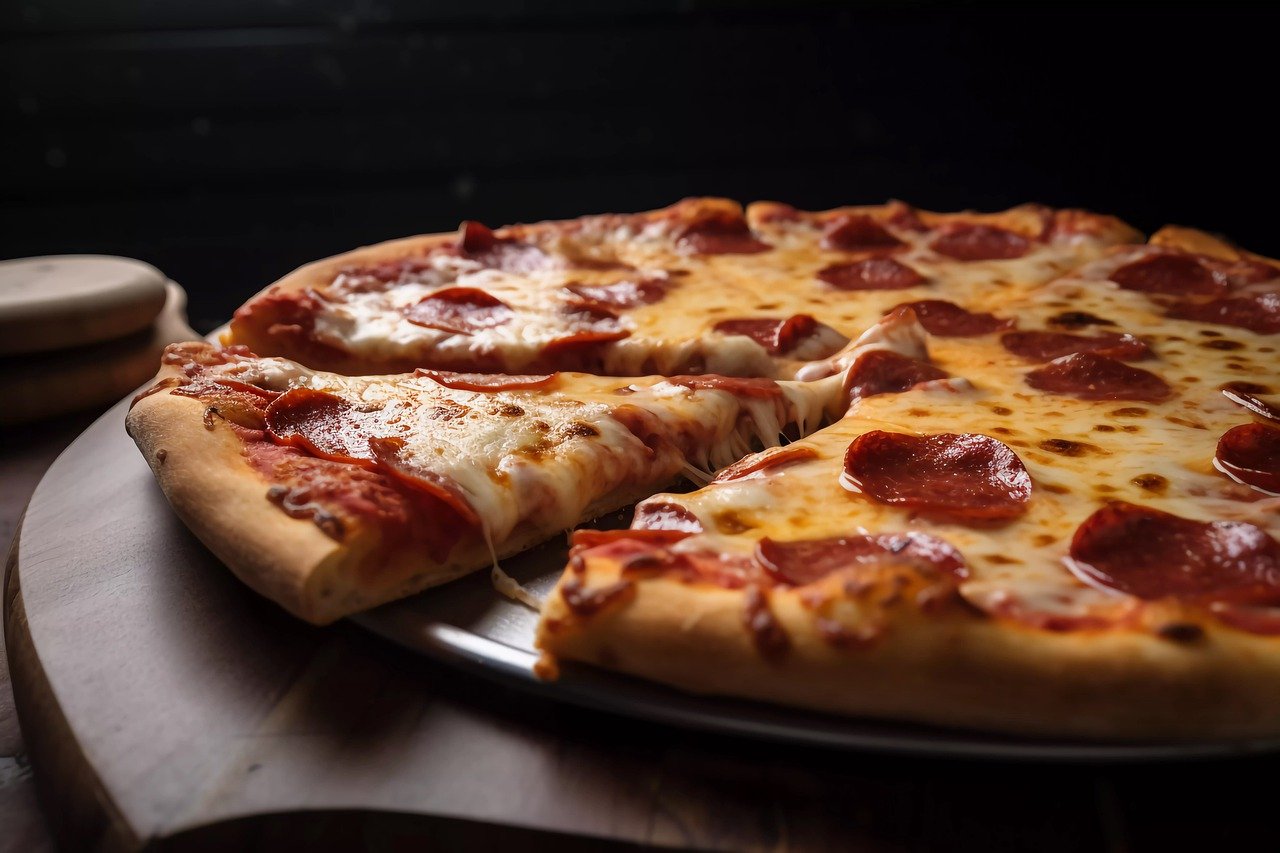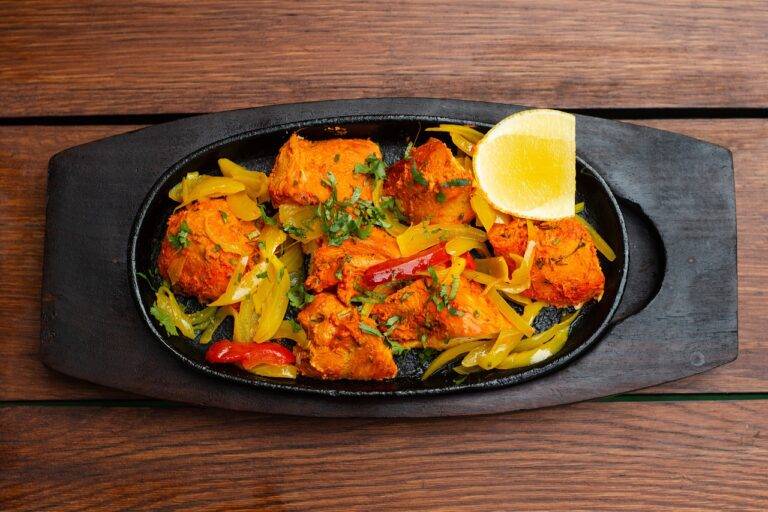The Future of Food Delivery Robots
Food delivery robots are revolutionizing the way food is brought to people’s doorsteps. These innovative robots are designed to efficiently navigate through city streets, delivering meals in a timely manner. By using robots for food delivery services, companies can ensure faster and more reliable delivery options for their customers.
One of the main benefits of food delivery robots is their ability to operate 24/7 without the need for breaks or rest. This ensures that customers can receive their meals at any time of the day or night, providing convenient and on-demand service. Additionally, these robots are equipped with advanced technology that allows them to maneuver through traffic and crowded areas, making the delivery process smooth and efficient.
Challenges Faced by Food Delivery Robots
Food delivery robots encounter various challenges in their day-to-day operations. One common issue is navigating through crowded sidewalks and streets efficiently and safely. The presence of pedestrians, bikers, and other obstacles can pose a challenge for these robots in determining the best route to their destination. This can lead to delays in delivery times and potential accidents if the robot is unable to navigate effectively.
Another challenge faced by food delivery robots is inclement weather conditions. Rain, snow, or extreme temperatures can impact the performance and functionality of these robots. Slippery surfaces caused by rain or snow can make it challenging for the robots to move smoothly, while extreme temperatures can affect the battery life and overall operation of the robot. These weather-related challenges can result in disruptions to the delivery process and impact customer satisfaction.
What are some benefits of using food delivery robots?
Some benefits of using food delivery robots include increased efficiency, reduced delivery times, cost savings for businesses, and contactless delivery options.
What are some challenges faced by food delivery robots?
Some challenges faced by food delivery robots include navigation difficulties in urban environments, potential safety concerns for pedestrians, technical malfunctions, and weather conditions affecting their operations.
How do food delivery robots navigate through cities?
Food delivery robots typically use a combination of sensors, cameras, GPS technology, and mapping software to navigate through cities and reach their destinations.
Are food delivery robots environmentally friendly?
Food delivery robots are considered to be relatively environmentally friendly as they can reduce the use of gas-guzzling delivery vehicles and help lower carbon emissions in urban areas.
How do businesses benefit from using food delivery robots?
Businesses can benefit from using food delivery robots by increasing their delivery capacity, improving customer service, reducing delivery costs, and staying competitive in the rapidly evolving food delivery industry.





